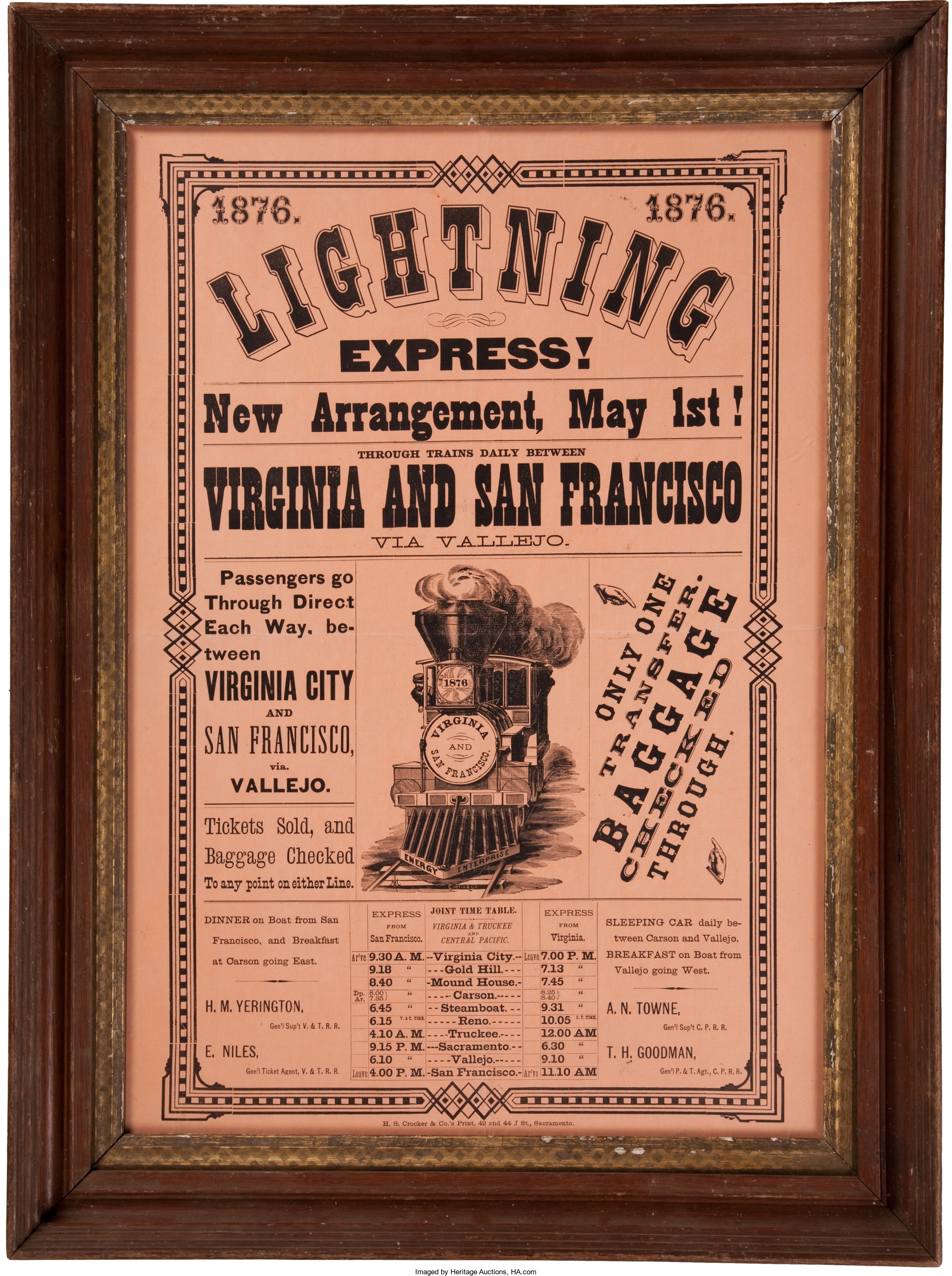
By Jim O’Neal
The first American railroad was only 13 miles of track and formally known as the Baltimore & Ohio Railroad. The “B&O Line” was started by a group of Baltimore merchants in 1828 and opened in 1830. At the time, turnpikes, rivers and canals were the primary modes of travel and transport.
By the beginning of the Civil War, railroads had become a major American industry, with numerous companies competing in a broad geographic area over 30,000 miles of track. The first railroad to link the East to the West was completed in 1869.
The Central Pacific Railroad had started in Sacramento and immediately had to confront the Sierra Nevada mountains … 7,000 feet up from the Sacramento Valley to the summit of the Sierras. Then there was the critical issue of labor since the mines were paying premium rates and workers were a scarce commodity.
A controversial decision was made to bring in Chinese laborers. Creative companies sprang up to organize these activities and, ultimately, 12,000 Chinese workers were digging and blasting through the mountains. For $30 a month, they had to feed themselves and live in makeshift camps alongside the tracks. When it snowed, they carved out entire galleries under the snow and lived there for weeks at a time.
The Union Pacific Railroad began in Omaha, Neb., and their laborers were primarily Irish, up to 10,000 at times, although a few Civil War veterans and other migrants were used. Brigham Young, one of the original incorporators of the Union Pacific, was instrumental in steering the railroad through Utah. This provided badly needed jobs for Europeans who had come to join the Latter-day Saints.
When the two railroads finally met, it was in Promontory, Utah, and the Promontory Spike was pounded into the ground on May 10, 1869.
Big projects, big money and big government always seem to include corruption. And so it was with the Transcontinental Railroad. During the 1872 reelection campaign of President Ulysses S. Grant, a major scandal erupted that ground Washington, D.C., to a standstill. Major members of the administration and other ranking politicians were charged with enriching themselves. By then, railroads had become a major force in politics and everyday life. To have the industry linked to wild accusations of bribery and corruption was a significant letdown.
The House of Representatives was forced to start hearings after scandals erupted in newspapers almost daily. They started in closed session, but were soon open as crowds of reporters and spectators overflowed the rooms. It was the center of attraction for the nation’s capital on a daily basis.
Eventually, they caught fewer than 25 politicians who had profited off the railroads, but a larger group was actually linked to the scandal, including cabinet members, Vice President Schuyler Colfax, Vice President-elect Henry Wilson, Speaker of the House James Blaine and Representative James Garfield, the future president. All were tainted with the same scandalous brush, although some were able to mitigate the charges and salvage their reputations.
In spite of the scandals, the nation obviously benefited significantly from railroads, primarily because of their influence on settlement patterns of those who ventured West. The large, empty space that was still generally called “The Great American Desert” flourished.
Wagon-train caravans were largely abandoned and huge areas of land were transformed into productive farms to help feed a growing country. Ranch land developed all the way to the Pacific Ocean. Everyone seemed to benefit with the exception of the Plains Indians, who were exploited as their lands, mineral rights and even their way of life were lost.
The United States was entering the Gilded Age and gearing up to leverage the enormous opportunities waiting in the 20th century. The American worker was the envy of the world as compulsory education created large pools of labor that were literate and competent. They were eager to hone their skills with the new technologies that Edison, Bell, Ford, et al. were churning out. When combined with its natural resources, rule of law and a Constitutional Democracy, America was poised to become the most powerful nation on Earth.
Railroads played an important role in that achievement.
 Intelligent Collector blogger JIM O’NEAL is an avid collector and history buff. He is President and CEO of Frito-Lay International [retired] and earlier served as Chairman and CEO of PepsiCo Restaurants International [KFC Pizza Hut and Taco Bell].
Intelligent Collector blogger JIM O’NEAL is an avid collector and history buff. He is President and CEO of Frito-Lay International [retired] and earlier served as Chairman and CEO of PepsiCo Restaurants International [KFC Pizza Hut and Taco Bell].
